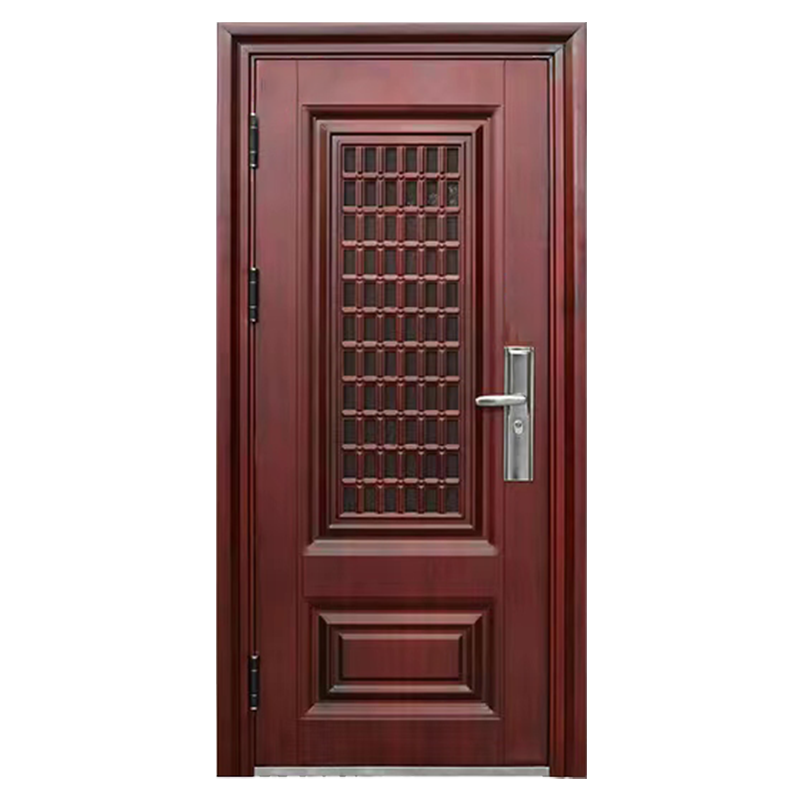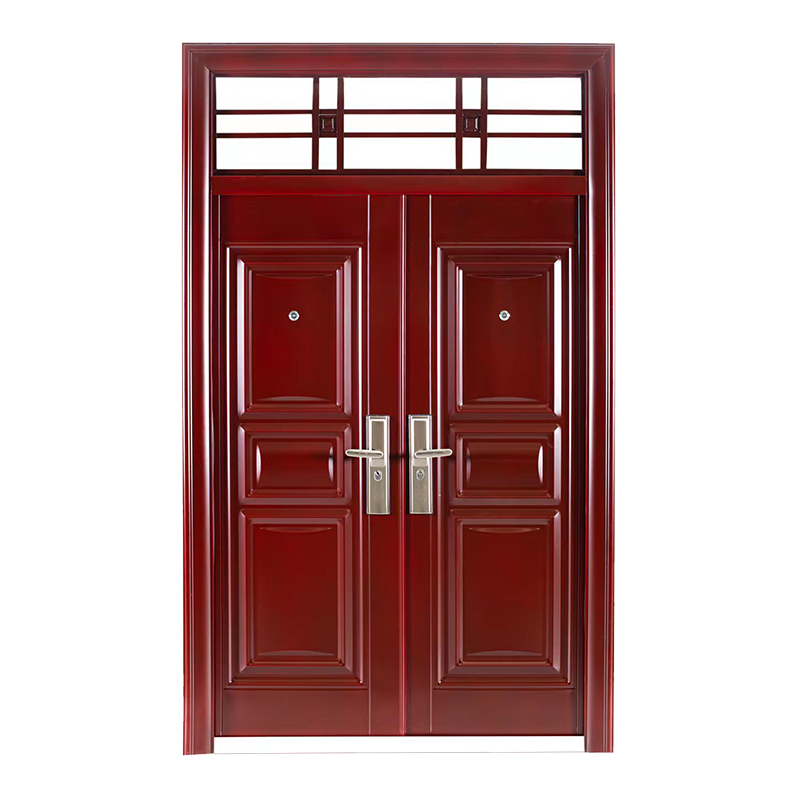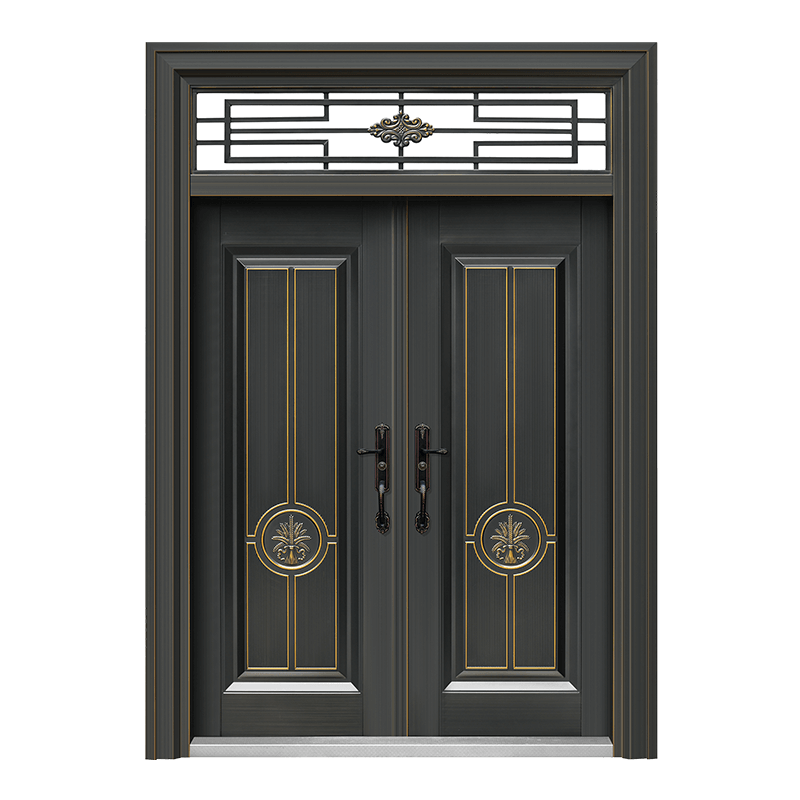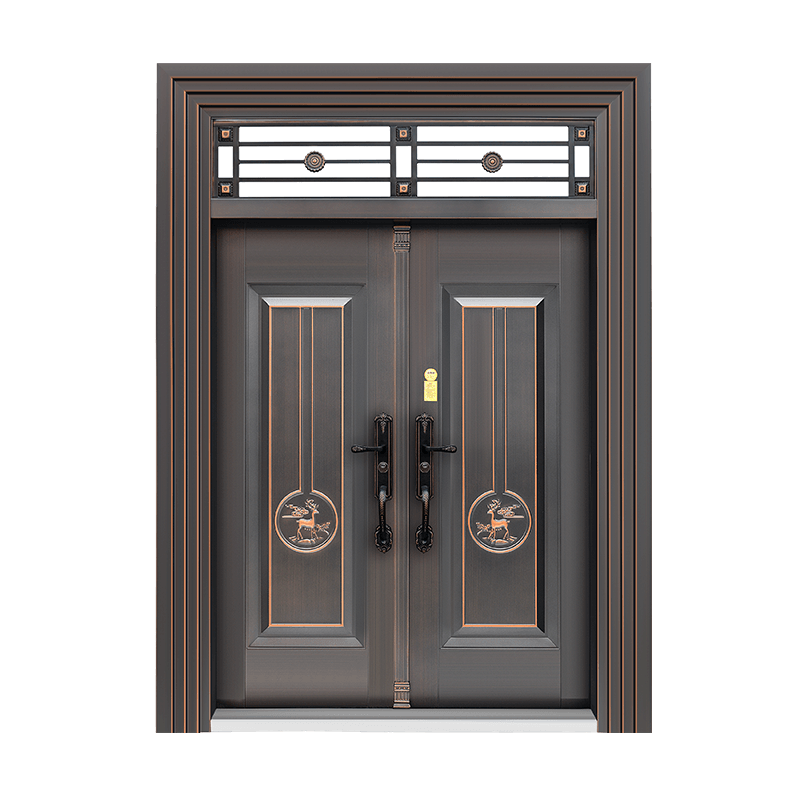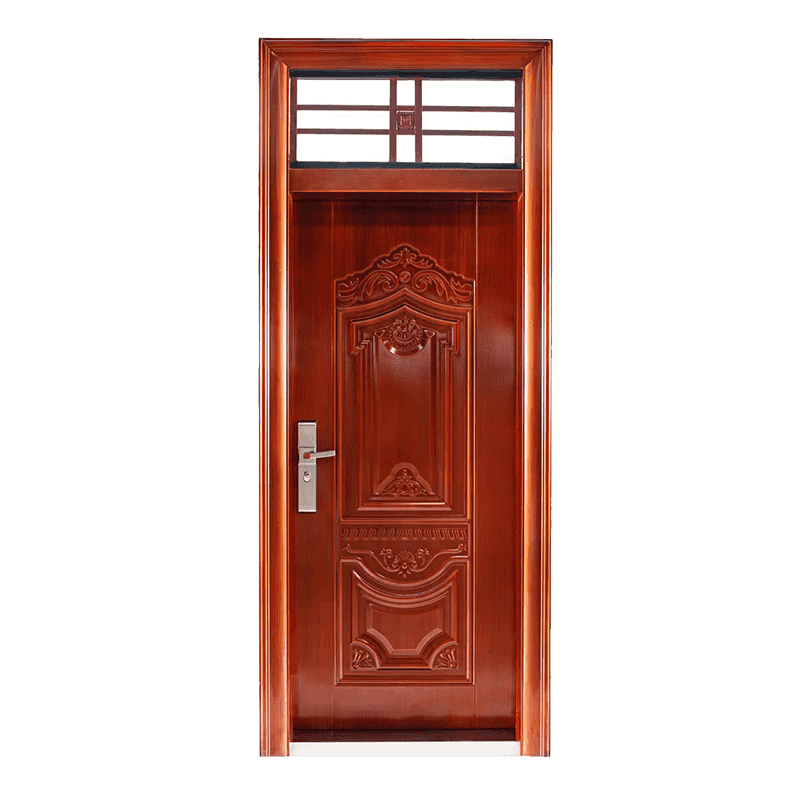Well-Constructed Entrance Anti-Theft Door Enhances Residential and Commercial Safety
Jul 11, 2025
Material Strength and Structural Integrity
One of the critical factors determining the safety performance of an Entrance Anti-Theft Door is the material used in its construction. High-quality anti-theft doors are commonly made from reinforced steel, zinc-alloy, or a combination of metal layers that resist deformation and forced entry. A solid internal structure, often filled with fire-resistant and soundproofing materials, adds both durability and stability. These doors are designed to withstand prying, drilling, and other aggressive break-in attempts, providing a line of defense against unauthorized access.

Advanced Locking Mechanisms
The locking system plays a vital role in defining how secure the door truly is. Most modern doors of this type use multi-point locking systems that engage at several locations along the door frame. This reduces the chance of the door being kicked in or forced open. High-security lock cylinders, such as those rated at anti-drill or anti-bump levels, further enhance resistance to common burglary techniques. Some models also incorporate electronic or biometric locks, offering not only physical security but also digital access control, which is particularly useful in smart home environments.
Hinge and Frame Reinforcement
Even if the door leaf is strong, a weak hinge or door frame can become a vulnerability. To address this, manufacturers typically reinforce both areas with thicker metals and internal anchoring systems. Hinges are often concealed or protected by anti-pry covers, which make it harder for intruders to access and tamper with them. Additionally, the door frame is securely embedded into the wall structure using long expansion bolts, ensuring it cannot be easily pulled out or shifted. These design elements significantly improve the overall impact resistance and load-bearing capability of the unit.
Fire Resistance and Environmental Protection
Beyond just intrusions, a good security door should also offer protection against environmental hazards. Many doors in this category are tested and rated for fire resistance, meaning they can slow the spread of flames and provide valuable evacuation time in emergencies. Weatherproof sealing strips and insulated cores help protect interiors from temperatures, wind, and moisture. These features enhance the safety of occupants not only from human threats but also from environmental dangers, contributing to a more secure living or working environment overall.
Certification and Compliance with Safety Standards
The reliable way to assess the safety performance of a door is to check whether it complies with recognized industry standards. Guiding products are often certified to meet EN, UL, or national safety classifications, indicating that they have passed rigorous testing under controlled conditions. These tests evaluate various performance indicators such as resistance to physical attack, fire endurance, and locking mechanism integrity. When selecting a security door, certifications serve as a trustworthy benchmark that reflects the manufacturer’s commitment to quality and safety.
Conclusion
A high-performing Entrance Anti-Theft Door offers far more than just a visual deterrent; it is a highly engineered security component that plays a crucial role in safeguarding people and property. Through a combination of strong materials, advanced locking technology, and intelligent structural design, these doors can effectively resist both physical and environmental threats. Whether used in homes, offices, or commercial buildings, choosing a well-certified and properly installed model is a sound investment in long-term security.

 English
English 中文简体
中文简体 Français
Français Español
Español عربى
عربى
